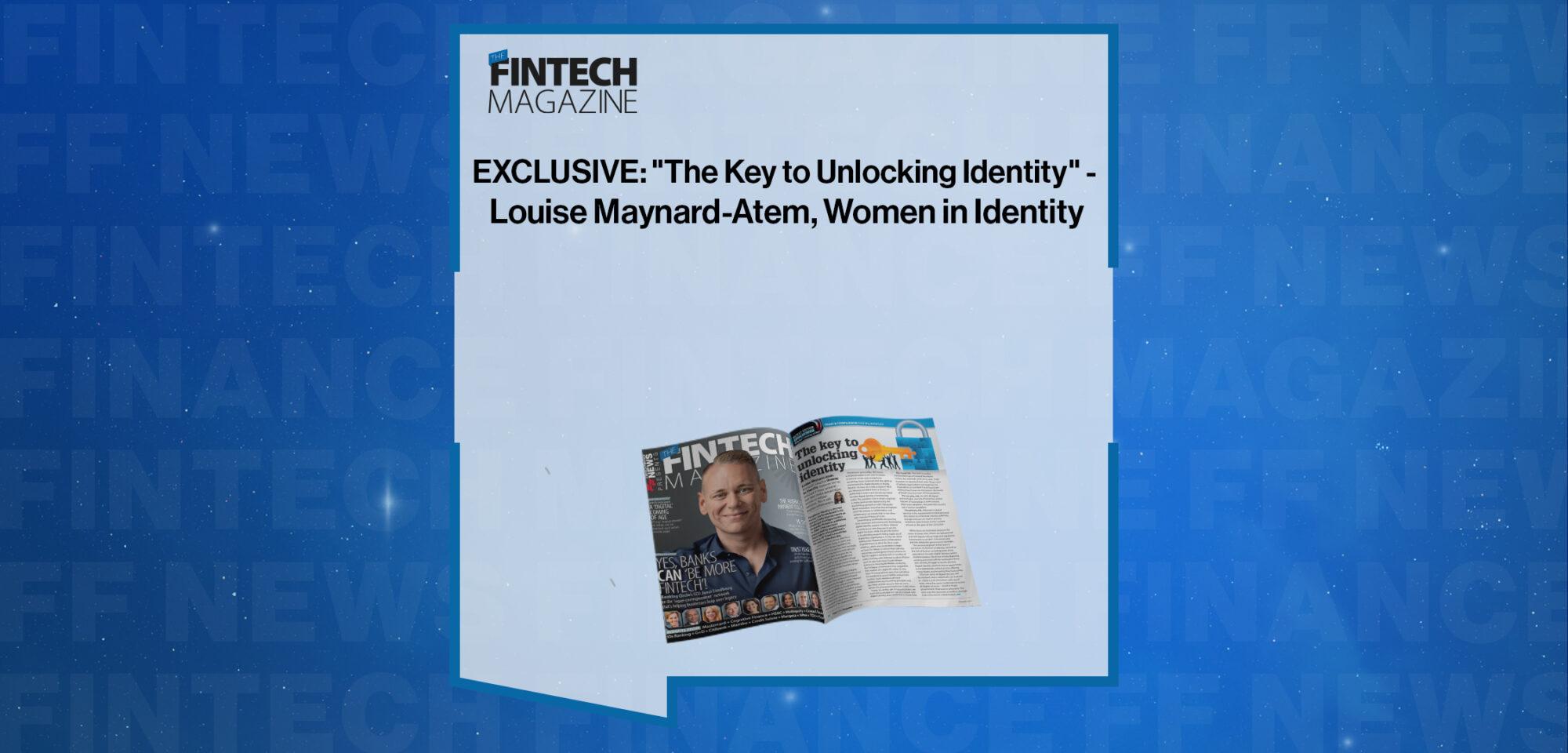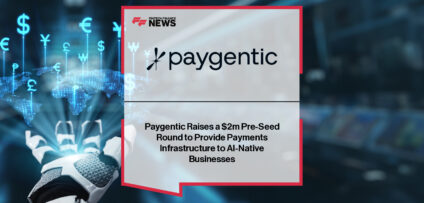Breaking News

EXCLUSIVE: “The Key to Unlocking Identity” – Louise Maynard-Atem, Women in Identity in ‘The Fintech Magazine’
Louise Maynard-Atem, Research Lead for Women In Identity, believes we’ve reached a reset moment – one that could democratise access to critical services. But it will require collaboration
The phrase ‘identity is the new money’ can be attributed to Sir James Crosby from his report on Challenges And Opportunities In Identity Assurance, published in 2008.
It has also been popularised by identity expert David Birch, who published a book in 2014 and a newsletter this year, under that title.I come back to the phrase often for a number of reasons: firstly, it’s short and pithy, which are the key ingredients for regular re-use in my opinion. And, secondly, because it has only become more apt and accurate as the years have gone by.
So much more of life is lived digitally and remotely, and that shift has led to a huge increase in identity-based transactions (and I mean transactions in the broadest sense, not just financial). Digital identity is, effectively, a digital representation of an individual, and is a set of attributes that can be authenticated unambiguously through a digital channel to unlock access to critical services.
However, according to the World Bank’s ID4D database, almost one billion people lack a legal form of identity and a further 3.4 billion have some form of legally recognised ID, but limited ability to leverage it in the digital economy. Advances in technology, decreases in implementation costs and increases in internet access and smartphone ownership, have coalesced into the optimal environment for digital identity to finally flourish.
So, have we made progress? Well, yes, because we didn’t have a choice.
A certain black swan event forced our hand to make digital identity a functioning reality. The question now is what’s required to make good on the opportunity the pandemic presented us with? Necessity drove innovation, but what should happen next?
The answer is collaboration, but collaboration on a scale that is not often seen outside of times of crisis.Governments worldwide are pouring time, resources and money into developing digital identity systems to allow citizens to easily prove who they are to access digital services; while the private sector is accelerating towards being made up of digital-first organisations. In the UK, we’re seeing cross-departmental collaboration in government to drive the One Login initiative, which aims to provide a single account for citizens to prove their identity and access central government services.
In the US, Apple is working with a number of states (starting with Arizona) to allow iPhone users to add their state-issued drivers’ licences to their Apple Wallets. In the EU, the European Commission has suggested the creation of a digital ID wallet (in the form of a smartphone app) that will allow EU residents to access public and private services. Such initiatives all have collaboration as a founding principle and key tenet of their success. But we can’t ignore the proverbial elephants in the room.Firstly, for all this talk of opportunities, we must acknowledge the risk associated with digital identity, and I think that is three-fold.
The fraud risk. The shift to online transactions has increased the attack surface for criminals, and we’ve seen huge increases in identity fraud, with 79 per cent of global organisations surveyed by the Association of Certified Fraud Examiners stating they’d seen an increase in the levels of fraud since the start of the pandemic.The security risk. As with all digital technologies, the risk of breaches and/or failures of technology is ever-present.
With mass adoption, the potential security risk is further amplified. The privacy risk. Inherent in digital identity is the requirement to have personal data about an individual. And its collection, storage and use can lead to privacy violations, data misuse and an erosion of trust on the part of the consumer.
While there are technical solutions for some of these risks, others are behavioural and will require robust legal and regulatory frameworks to protect consumers and provide adequate government oversight. The second elephant in the room is exclusion.
At Women In Identity, we look at the risk of further excluding parts of the population through digital identity system implementation. We know simply digitising existing processes will do nothing for those who already struggle to access services. Digital identity solutions are an opportunity to fundamentally rethink access, offering many routes, and ensuring they have parity.
The true value of digital identity will be realised when individuals can transact as citizens and consumers with equal ease, using the same credentials to access all digital services – whether that’s government, financial or otherwise. The only way this becomes a reality is through true cross-sector collaboration.
This article was published in The Fintech Magazine Issue 25, Page 10
People In This Post
Companies In This Post
- Chancellor Unveils Plans to “Supercharge” Growth of Innovative Financial Services Firms Read more
- FF Tattoo Studio: Vyntra on Keeping Instant Payments Real-Time and Safe Read more
- Bank of America on the Real Value of RTP Read more
- dLocal Partners With Alchemy Pay to Streamline Crypto-to-Fiat Payments in Latin America Read more
- AI in Banking: From Pilots to Production-Pragmatic Read more















